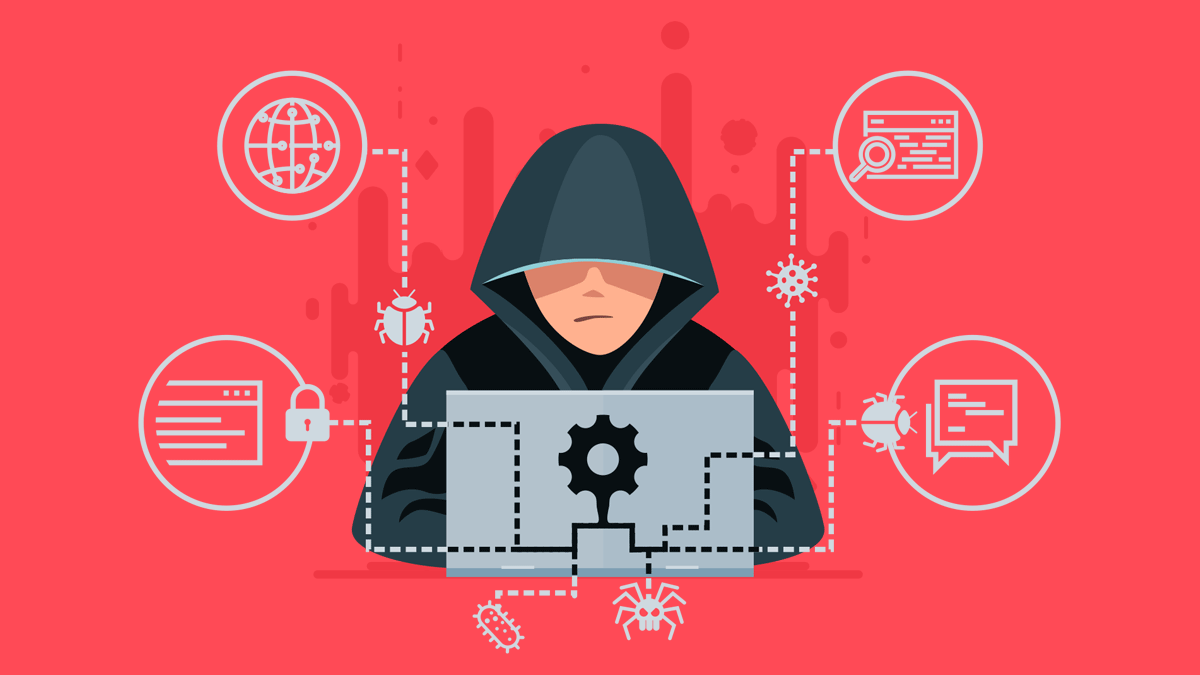
A rootkit is a type of malicious software designed to gain unauthorized access to a computer or network while hiding its presence. Rootkits can operate at various levels of a computer system, including the kernel, user application, or firmware. Their primary goal is to maintain persistent access and control over the compromised system while remaining undetected. Here are the key features and characteristics of rootkits:
1. Stealthy Operation
- Hiding Presence: Rootkits are specifically designed to hide their existence from users and security software, making them difficult to detect. They often modify system files and processes to avoid detection.
- File and Process Hiding: Rootkits can conceal files, processes, and system calls, preventing security tools from identifying them.
2. Persistence
- Surviving Reboots: Many rootkits can survive system reboots, maintaining control over the compromised system. They often embed themselves deeply into the operating system, making removal more challenging.
- Auto-Execution: Rootkits can configure the operating system to execute automatically upon boot, ensuring that they remain active.
3. Privilege Escalation
- Gaining Unauthorized Access: Rootkits can exploit vulnerabilities or use other means to gain elevated privileges on a system, allowing them to execute commands and access sensitive data without the user’s knowledge.
4. Control over System Functions
- Remote Access: Rootkits often enable attackers to gain remote access to the compromised system, allowing them to execute commands, steal data, or launch additional attacks.
- Manipulation of System Behavior: They can alter system settings, modify applications, or interfere with network communications, facilitating further malicious activities.
5. Keyloggers and Monitoring
- Data Collection: Many rootkits come equipped with keyloggers that record keystrokes, capturing sensitive information such as passwords and personal data.
- System Monitoring: Rootkits may monitor user activity, network traffic, and system processes, providing attackers with valuable information about the compromised system.
6. Types of Rootkits
- User Mode Rootkits: These operate at the application level, manipulating user-space processes and files. They are easier to detect compared to kernel-mode rootkits.
- Kernel Mode Rootkits: These operate at the kernel level, allowing them to intercept system calls and access sensitive parts of the operating system. They are more difficult to detect and remove.
- Firmware Rootkits: These are embedded in the firmware of hardware components, such as BIOS or network cards, making them particularly resilient and challenging to remove.
7. Installation Methods
- Exploiting Vulnerabilities: Rootkits can be installed by exploiting software vulnerabilities, enabling attackers to gain unauthorized access.
- Social Engineering: Attackers may trick users into installing rootkits by disguising them as legitimate software or updates.
8. Difficulty in Detection and Removal
- Evasion Techniques: Rootkits often employ various evasion techniques, such as hooking system calls or modifying the operating system, to avoid detection by antivirus and anti-malware programs.
- Complex Removal Process: Removing a rootkit typically requires specialized tools and techniques, as standard removal methods may not be effective.
Conclusion
Rootkits pose a significant threat to system security and privacy due to their stealthy nature, persistence, and ability to control system functions. Their presence can lead to data theft, unauthorized access, and other malicious activities. To protect against rootkits, users should implement strong security measures, including regularly updating software, using reputable antivirus and anti-malware tools, and practicing safe browsing habits. In the event of a suspected rootkit infection, it’s often advisable to seek professional assistance, as removal can be complex and may require advanced techniques.







